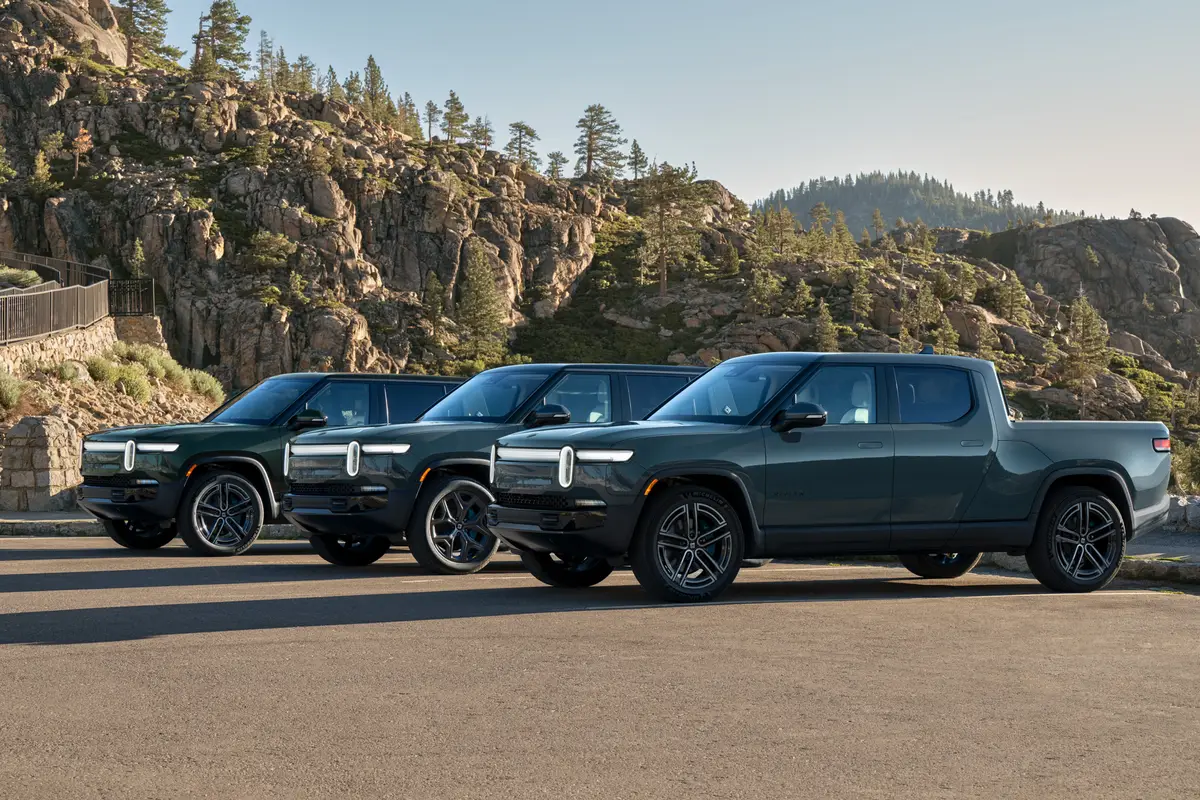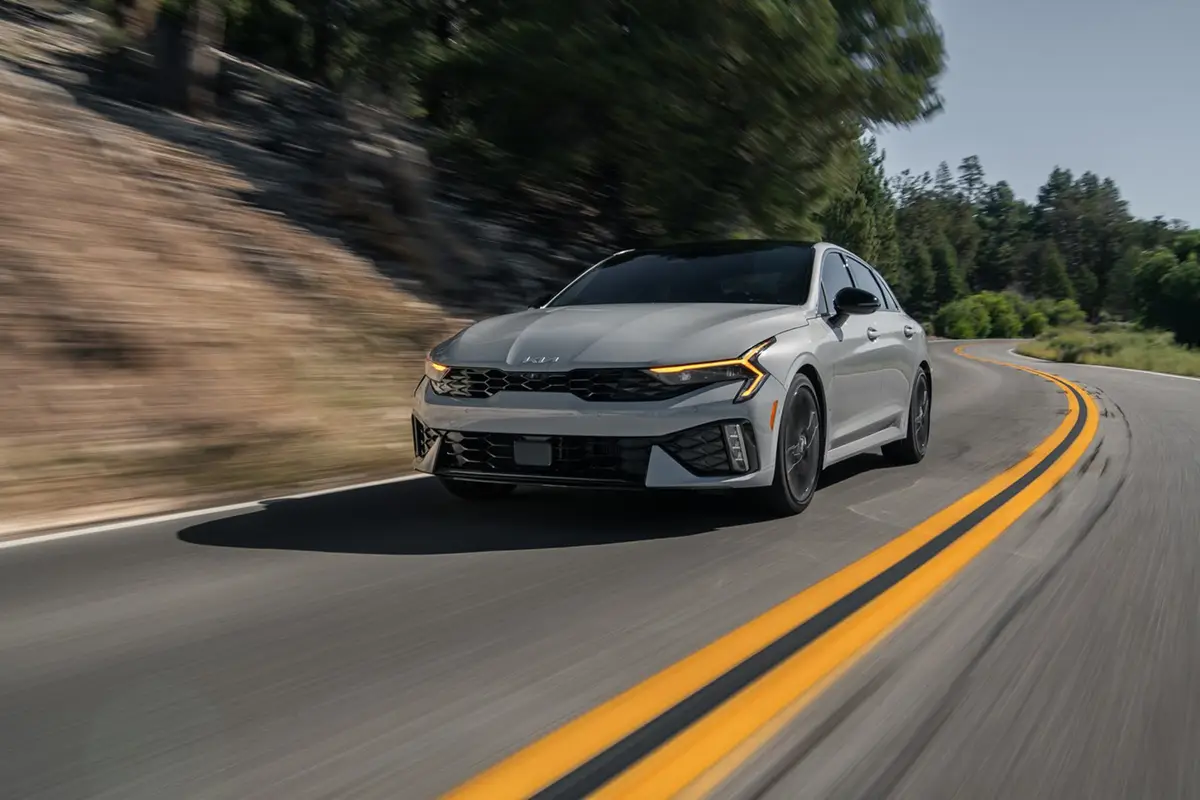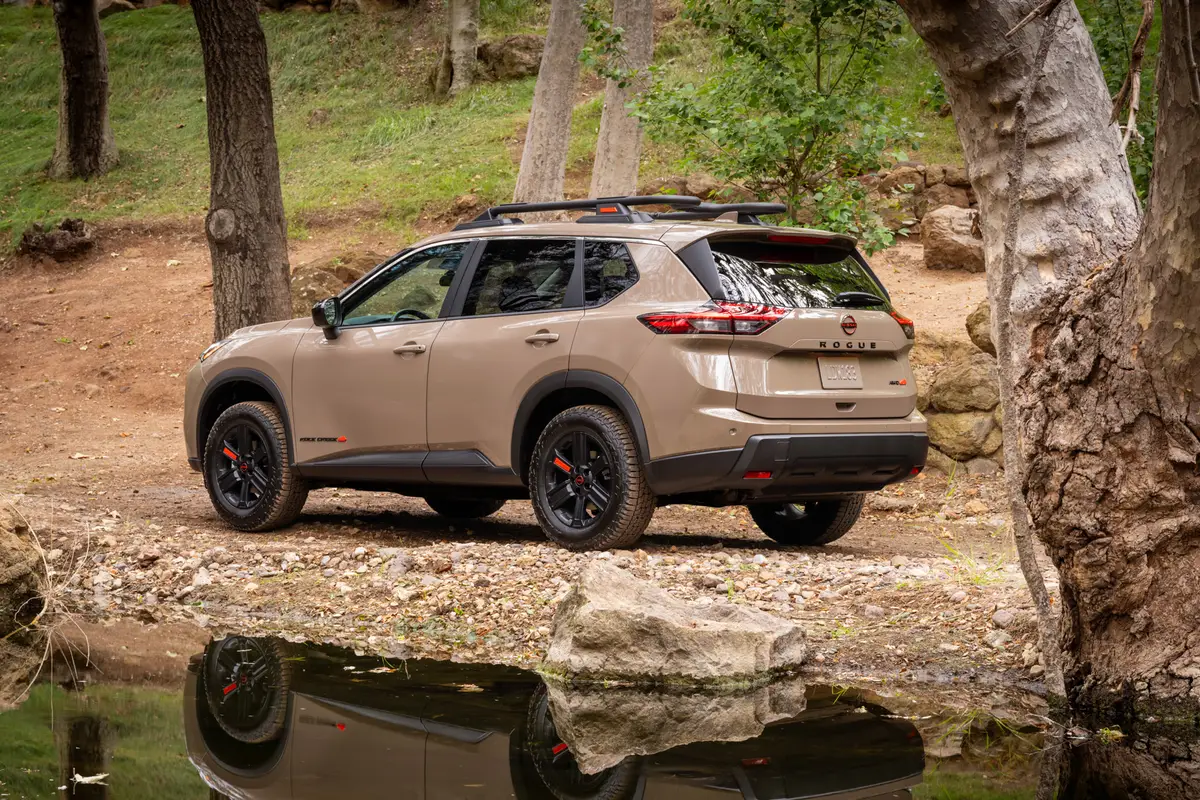IndyStar.com's view
If there is such a thing as having a regal automobile bearing a regal name, the Buick Motor Division has it in its 1997 1/2 Buick Regal Sedan.
Buick, one of the few surviving nameplates from the pioneer days of the auto industry, has developed a pair of 1997 1/2 models that are designed to combine performance, styling and family accommodations.
The ’97 1/2 is all new, and in the LS model offers a V-6 powered four-door that leans toward mid-price family accommodations. For those who want to fly low, there is the supercharged, 240-horsepower GS sedan.
Both models use Buick’s 3800 Series II V-6 engine. The LS uses the 3.8-liter (231-cubic inch) engine in normally aspirated (non-supercharged) form. In doing so, it gives up a whopping 45-horsepower to the GS, but it costs $2,400 less.
A supercharged engine provides more power, but it also comes with a higher and lower fuel mileage. There is an adage in the racing business that says, “Speed costs money. How fast do you want to go?”
Buick’s engineers have managed to control costs and fuel consumption. There really isn’t all that great a disparity in price between the LS and the GS. The manufacturer’s suggested retail price on an LS is $20,545. For the GS it’s $22,945.
The fuel mileage differential is fairly narrow, considering the difference of 45-horsepower. When you have those horses, you generally have to feed them, but in this case the numbers for the GS are 18 mpg city cycle and 28 mpg for the highway. That compares to 19/30 for the non-supercharged LS.
The 3800 Series II V-6 is the basic design upon which the Buick engines that formerly ran in the Indianapolis 500 are based. And the torque differential between the two motors is even more dramatic than the horsepower difference. Using a blower increases the torque to 280 foot-pounds, versus 220 foot-pounds for the non-supercharged 3800.
To go with the power packages, Buick’s stylists had the good sense to create a bigger car for greater comfort.
The wheelbase has been increased to 109 inches, a stretch of 1.5 inches. The overall length now is 196.2 inches, an increase of 2.1 inches. Overall vehicle height is increased slightly to 56.6 inches.
Accompanying the longer wheelbase and size is a wider track for the front and rear wheels. The increase is quite substantial, 2.4 inches in front and a full 3.1 inches in the rear, and it gives this front-wheel drive a more aggressive stance.
All this translates into more interior head, shoulder and leg room, with the overall interior volume index of 118.5 cubic feet placing the Regal in the upper end of the midsized class.
The Regal’s styling really doesn’t break any new ground, in aerodynamics. It pretty well follows the current theme of a low front end/short rear deck. The curving sheet metal enhances smooth air flow and thereby reduces wind noise at speed. Thin A-pillars supporting the roof and an expansive area of glass contribute to maximum visibility.
Cosmetic differences betw een an LS and GS are subtle. Sixteen-inch wheels and tires give the GS a taut, sporty look. Standard amber parking lamps on both models also serve as daytime running lights.
A smoother ride and drive is made possible by a more rigid body structure. Torsional stiffness is 40 percent greater than the ’96 model. There also is a 10 percent greater resistance to bending.
The architecture is designed to provide a strong safety cage for occupant protection, including side impact and front and rear crush zone protection.
The cockpit layout is pretty much General Motors state-of-the-art. The standard bucket seats are divided by a center console that holds the shift quadrant for the Regal’s four-speed automatic transmission. The four-gauge instrumentation is right in front of the driver, with the speedometer as the centerpiece.
Latest news



